Discover 8 hidden attractions, cool sights, and unusual things to do in South Ockendon (United Kingdom). Don't miss out on these must-see attractions: Eastbrookend Country Park, Hornchurch Country Park, and The Chase Nature Reserve. Also, be sure to include Langtons in your itinerary.
Below, you can find the list of the most amazing places you should visit in South Ockendon (England).
Table of Contents
Eastbrookend Country Park
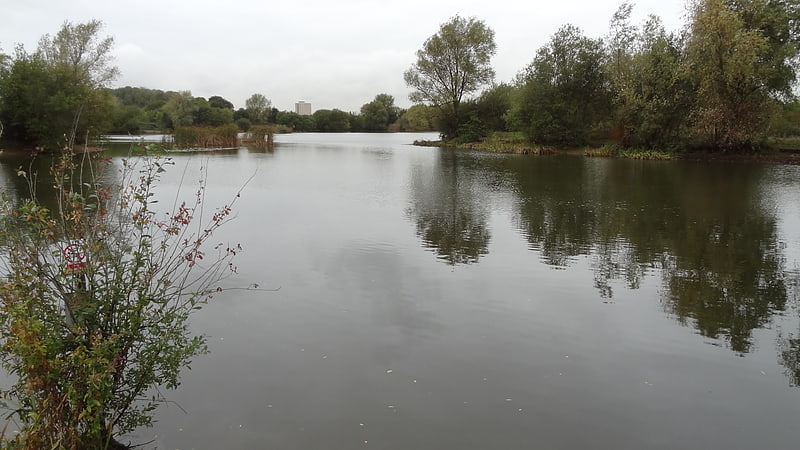
Country park in Dagenham, England. Eastbrookend Country Park is an 84-hectare park and Local Nature Reserve in Dagenham in the London Borough of Barking and Dagenham, in England. Together with the neighbouring Chase Nature Reserve it is also designated a Site of Metropolitan Importance for Nature Conservation.
The site was derelict land, which was turned into a park by large-scale earth-moving to create an undulating landscape with wild flower grassland mixes and over 50,000 small trees. It was opened in 1995. Facilities include a millennium centre and a fishing lake. it has a mixture of grazed wetland and dry habitats next to the River Rom. Dagenham Road goes through the park.[1]
Hornchurch Country Park
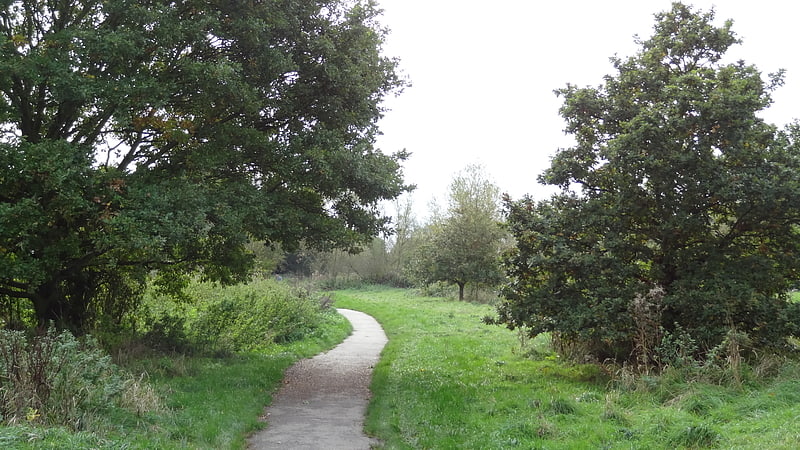
Park in Rainham, England. Hornchurch Country Park is a 104.5-hectare park on the former site of Hornchurch Airfield, south of Hornchurch in the London Borough of Havering, east London.
The River Ingrebourne passes through the park and if forms part of Thames Chase Community Forest. The most popular part of the park is to the west of the Ingrebourne, where the ground is flat and paved; this area is most commonly frequented by dog walkers. The woodland to the east of the river is somewhat inaccessible. Some southern parts of the park that reach into Rainham have been used as landfill.
There is a fishing lake located there, and there are many paths leading from the park to other nearby areas, including Upminster, Dagenham and Rainham.
There are a number of pillboxes and other items dating from the Second World War to be found in the park.
The park is a Site of Borough Importance for Nature Conservation, Grade I. Almost all of it falls within the Ingrebourne Valley Local Nature Reserve, and the eastern edge is part of the Ingrebourne Marshes Site of Special Scientific Interest.
There is access from Airfield Way/Squadron's Approach, off South End Road.[2]
The Chase Nature Reserve
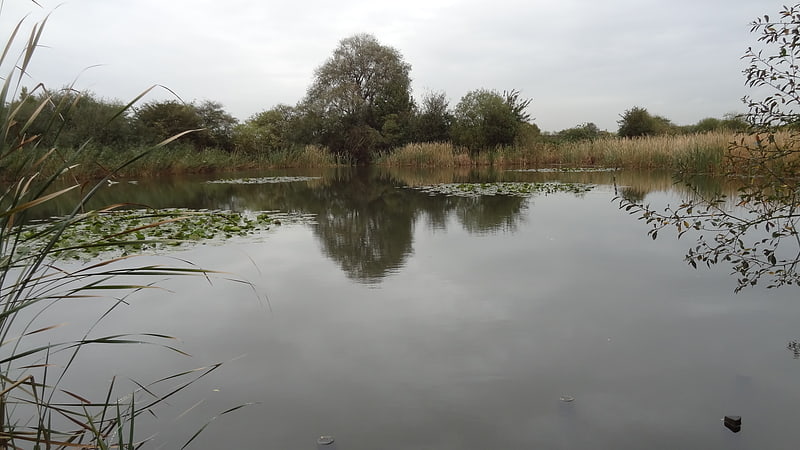
Nature preserve in England. The Chase is a nature reserve in Dagenham in London. Most of it is in the London Borough of Barking and Dagenham, with a small part in Havering. It is owned by the boroughs, and managed by London Borough of Barking & Dagenham - Parks & Countryside Ranger Service. The boroughs have designated the sections in their respective boroughs as Local Nature Reserves. The Chase, together with the neighbouring Eastbrookend Country Park, is also designated a Site of Metropolitan Importance for Nature Conservation.
The River Rom, which is the boundary between the boroughs, runs through the site, with Barking and Dagenham on the west side and Havering on the east. It was formerly a site of gravel extraction, and now has a diverse range of habitats. The River Rom has birds such as kingfishers, and the 190 species of birds recorded include skylarks, little ringed plovers and lapwings. It is also home to around 300 Green Parakeets who make their presence known with much noise, especially at sunset. Other animals include water voles, great crested newts, slow worms and badgers. The Black Poplar is Britain's rarest native tree, and the site has six of only six hundred female trees. Dry acid grasslands have some unusual species. Some areas are gazed by horses.[3]
Langtons
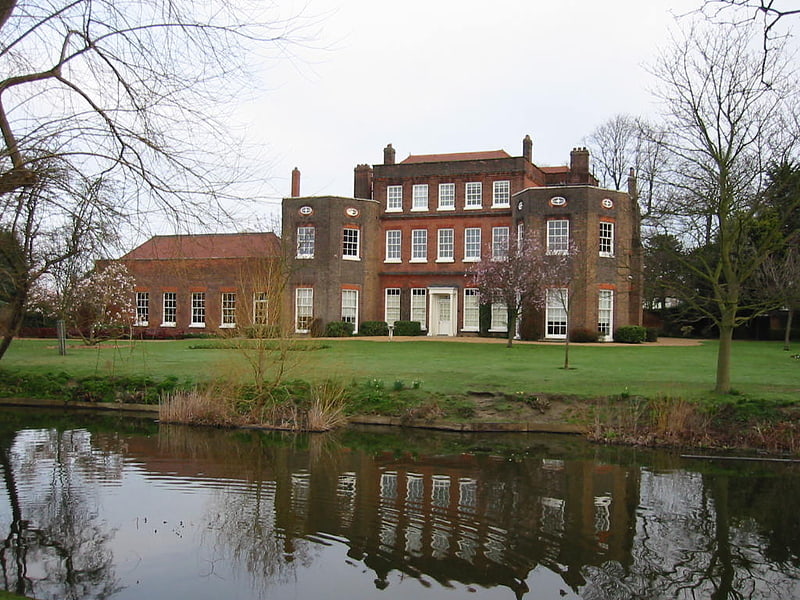
Langtons House and Langtons Gardens are a grade II listed 18th century house and landscaped gardens located in Hornchurch, in the London Borough of Havering, Greater London. The house and gardens became local authority property in 1929 and are currently used as the borough register office and a public park. Langtons House was used as the council offices of Hornchurch Urban District Council from 1929 to 1965.[4]
Ingrebourne Valley
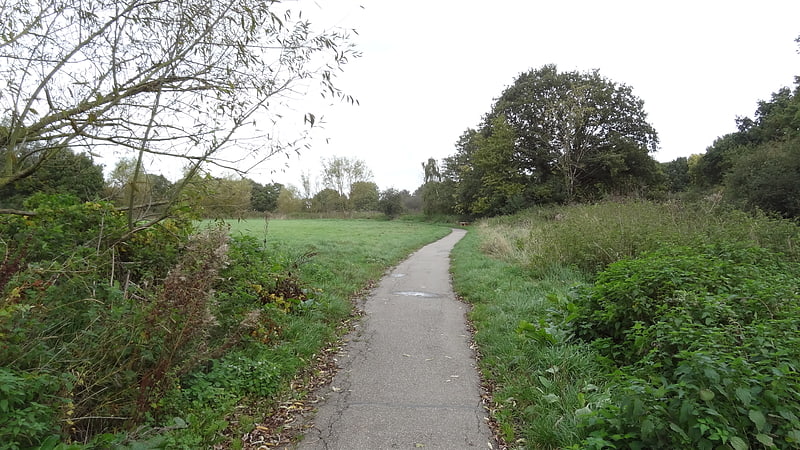
Ingrebourne Valley is a local nature reserve in Hornchurch in the London Borough of Havering. It is owned and managed by Havering Council, and has a visitor centre managed by the Essex Wildlife Trust. Most of it is in Hornchurch Country Park west of the River Ingrebourne, but there are also areas north and south of the park which are part of the LNR. It has a wide range of habitats, including woodland, grassland, the river and marshes. It is an important site for a range of species of plants, animals and birds, including great crested newts, slow worms, the harvest mouse and the water vole.
It has a complicated relationship with other nature reserves in the area. Hornchurch Country Park is a Site of Borough Importance for Nature Conservation, Grade I, and Ingrebourne Valley Site of Metropolitan Importance for Nature Conservation has different boundaries from the LNR of the same name, lying east, north and south of the country park. Part of the LNR is also in the Ingrebourne Marshes Site of Special Scientific Interest.
The site has a car park at its northern end off Hacton Lane.[5]
Hornchurch Cutting
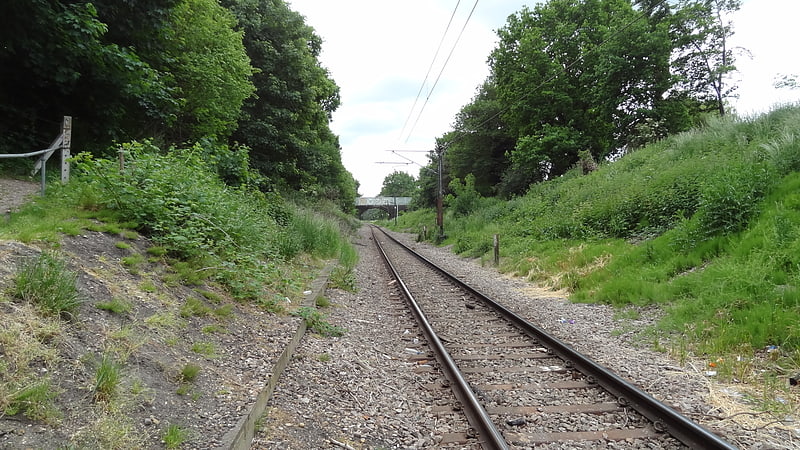
Hornchurch Cutting is an 0.8-hectare geological Site of Special Scientific Interest in Hornchurch in the London Borough of Havering. It is also a Geological Conservation Review site.
It is at the southern edge of the Anglian ice sheet 450,000 years ago, the most extreme ice age during the Pleistocene ice ages of the last 2.58 million years. (Technically, the most southerly point reached by an ice sheet during the Quaternary was The Dell, a few metres south of St Andrew's Church.) It is the type site for Hornchurch Till, boulder clay laid down by the ice sheet in the Ingrebourne Valley.
The site was discovered by geologist T. V. Holmes during construction of the Romford to Upminster railway line in 1892. He found a five-metre thickness of boulder clay overlaid by sand and gravel. An excavation in 1983 revealed extensive Jurassic fossils and rocks that had been carried from the Midlands by the ice sheet.
The site is very important for establishing the glacial stratigraphy of southern Britain. It featured briefly in the Channel 4 TV series Birth of Britain with Tony Robinson in 2011.
It is between Woodhall Crescent to the north and St Andrews Park and Maywin Drive to the south.[6]
Bairstow Eves

Address: 125 Daiglen Drive, South Ockendon
Hacton
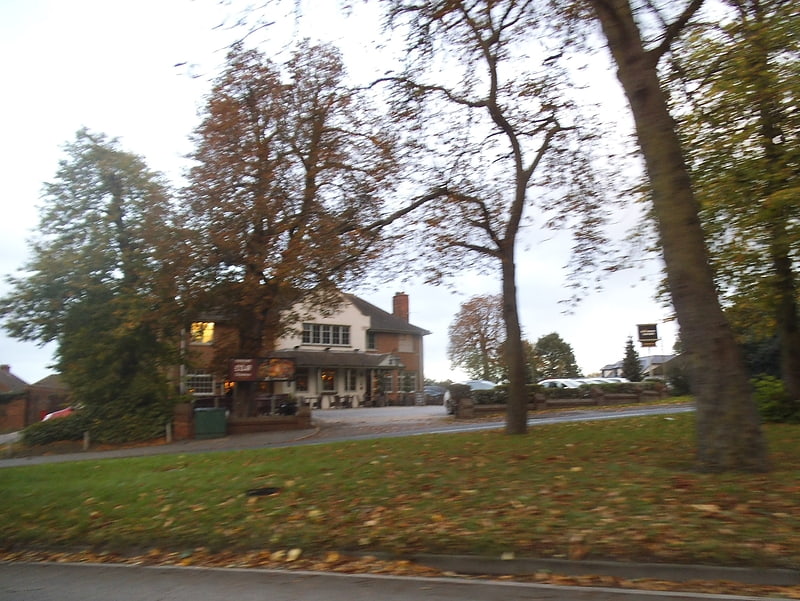
Hacton is a small dispersed settlement in Greater London, England, located within the London Borough of Havering and in East London, and beyond London urban sprawl. Surrounded by the Metropolitan Green Belt, located in the countryside between two London suburban towns.[7]